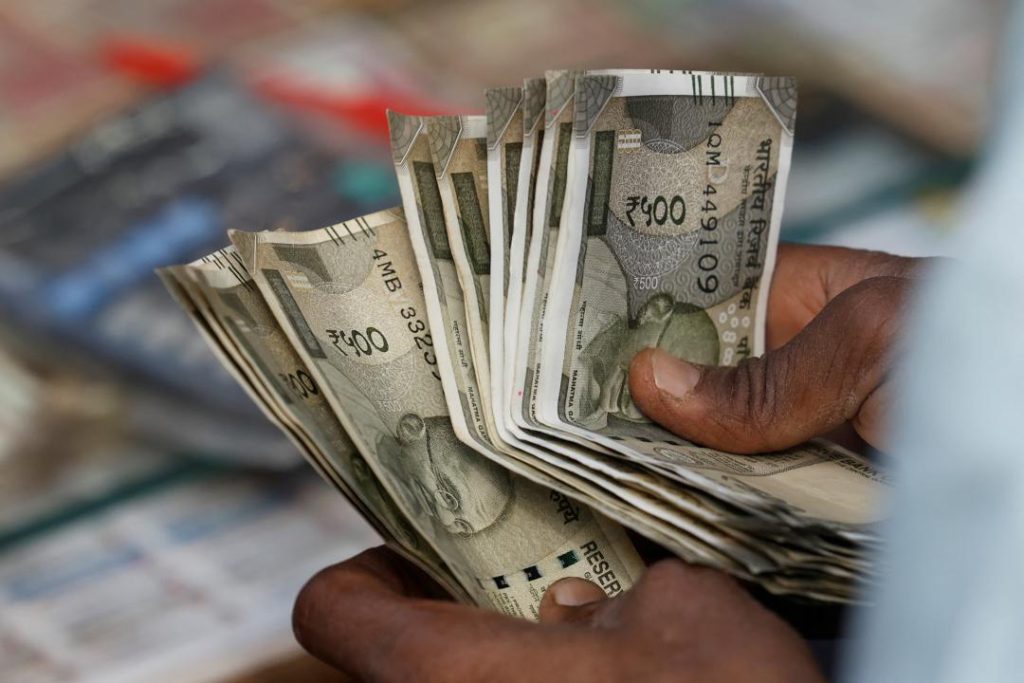
What Got Cheaper & Costlier in March as CPI Falls to 67-Month-Low of 3.34%?
The Consumer Price Index (CPI) in India has hit a 67-month low of 3.34% in March, marking a significant decline in retail inflation. This drop in inflation is attributed to a reduction in prices of essential commodities such as eggs, vegetables, and pulses. On the other hand, some items like fruit, cereals, and milk saw a marginal increase in prices. In this blog post, we will delve into the details of what got cheaper and costlier in March, and what this means for Indian consumers.
Prices That Saw a Considerable Decline
The prices of eggs, vegetables, and pulses saw a significant decline in March. According to the data released by the Ministry of Statistics and Programme Implementation, the prices of eggs decreased by 14.11% year-on-year, while the prices of vegetables fell by 11.44% and pulses by 10.33%. This reduction in prices is likely to bring relief to consumers who were struggling with rising prices of these essential commodities.
The decline in prices of eggs, vegetables, and pulses can be attributed to a combination of factors, including a good harvest season, improved supplies, and a decrease in demand. The government’s policies aimed at boosting agricultural production and reducing the dependence on imports have also contributed to the decline in prices.
Prices That Saw a Marginal Decline
Some other items, such as spices, meat, fish, housing, recreation, and amusement, saw a marginal decline in prices in March. The prices of spices decreased by 0.44%, while the prices of meat, fish, and poultry products fell by 0.22%. The prices of housing and recreation and amusement services also saw a marginal decline, falling by 0.15% and 0.12%, respectively.
The marginal decline in prices of these items is likely due to a combination of factors, including improved supplies, reduced demand, and the government’s policies aimed at promoting economic growth and reducing inflation.
Prices That Saw a Sizeable Jump
On the other hand, the prices of fruit saw a sizeable jump of 12.31% in March. This increase in prices is likely due to a combination of factors, including a poor harvest season, reduced supplies, and increased demand. The prices of other fruits, such as bananas and oranges, also saw a significant increase, rising by 11.11% and 10.44%, respectively.
Prices That Saw a Marginal Rise
Some items, such as cereals, milk, oil, sugar, confectionery, clothing, snacks, sweets, pan, tobacco, footwear, fuel, and health and education, saw a marginal rise in prices in March. The prices of cereals increased by 0.45%, while the prices of milk, oil, and sugar rose by 0.35%, 0.33%, and 0.28%, respectively. The prices of clothing, snacks, sweets, pan, tobacco, footwear, fuel, and health and education services also saw a marginal rise, increasing by 0.25%, 0.23%, 0.21%, 0.19%, 0.17%, 0.15%, and 0.13%, respectively.
What Does This Mean for Indian Consumers?
The decline in retail inflation to a 67-month low of 3.34% is likely to bring relief to Indian consumers, who were struggling with rising prices of essential commodities. The reduction in prices of eggs, vegetables, and pulses is likely to bring down the cost of living for many households, particularly those with limited budgets.
The government’s policies aimed at promoting agricultural production, reducing the dependence on imports, and improving supplies are likely to have contributed to the decline in prices. The government’s efforts to promote economic growth and reduce inflation are also likely to have played a role in the decline in retail inflation.
Conclusion
In conclusion, the CPI in India has hit a 67-month low of 3.34% in March, marking a significant decline in retail inflation. The prices of eggs, vegetables, and pulses saw a considerable decline, while the prices of fruit and some other items saw a marginal increase. The government’s policies aimed at promoting agricultural production, reducing the dependence on imports, and improving supplies are likely to have contributed to the decline in prices.
For Indian consumers, the decline in retail inflation is likely to bring relief, particularly those with limited budgets. The reduction in prices of essential commodities is likely to bring down the cost of living and improve the overall standard of living.
Source:





